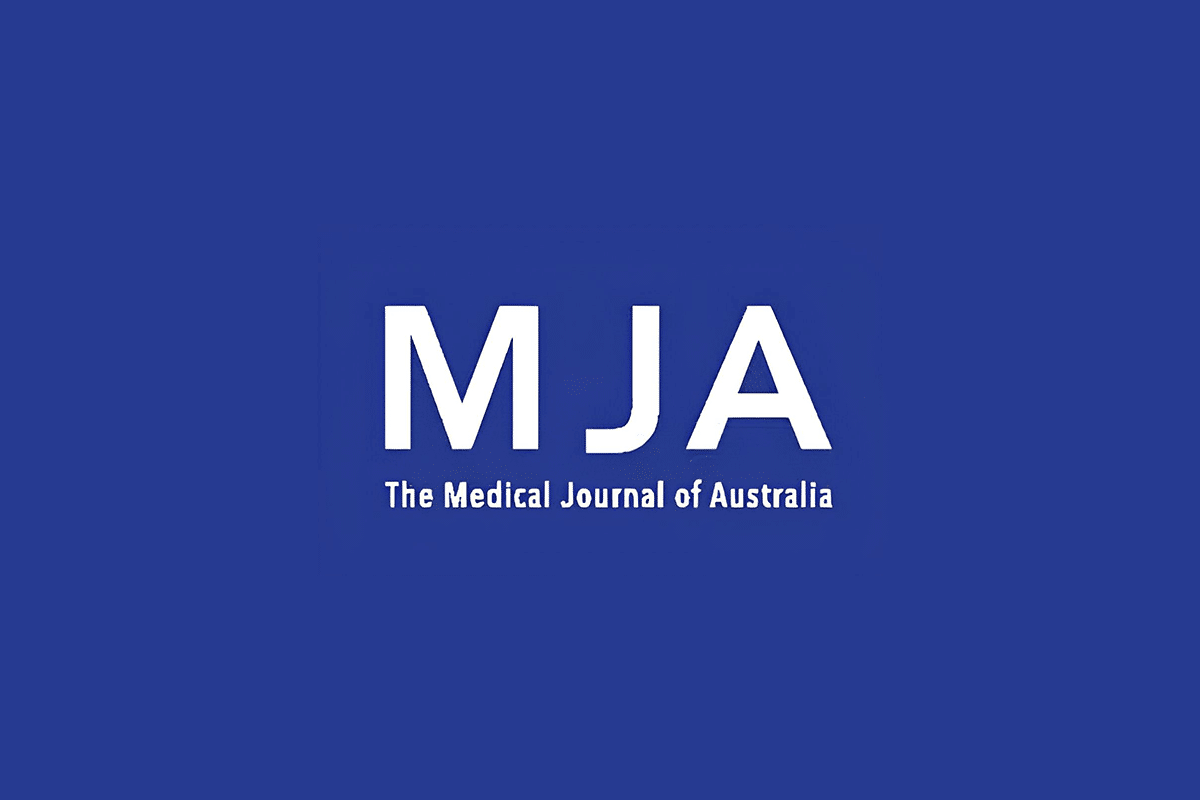
The overturning of Roe v. Wade in the United States has renewed impetus in Australia to ensure the availability of high quality, accessible abortion services. But decriminalisation and the availability of medical abortion do not in and of themselves mandate service delivery or ensure access. Numerous barriers continue to exist. These include issues such as inconsistent abortion laws, over‐regulation, lack of regional level planning and accountability for service delivery, sparse and inconsistent services across the country, inadequate numbers of skilled providers, a lack of training opportunities for the current and future workforce, and consumer concerns such as high costs and difficulty navigating services.
With each state and territory having different abortion laws, practitioners are concerned about compliance when practising across borders or undertaking locums. Women are also forced to travel between states to get the abortion care they require because of differences in gestational limits or lack of availability of providers. Uniformity in legislation across the country is necessary, involving both decriminalisation and removal of grounds‐based restrictions, gestational limits, third party authorisation, and provider restrictions. Laws must also ensure that access to abortion care is protected against barriers created by conscientious objection.
Medical abortion remains over‐regulated in Australia and out of step with current international models of care and evidence‐based recommendations. The World Health Organization guidelines outline, for example, regimens for medical abortion involving mifepristone and different dosages of misoprostol both before 12 weeks’ gestation and beyond. However, the current composite pack of mifepristone and misoprostol available in Australia is only registered for use up to nine weeks’ gestation and does not offer practitioners or indeed women the availability of additional doses of misoprostol when required.
Moves are underway in Australia to remove many of the restrictions that were applied at the time of registration of mifepristone. But more is required than just deregulation to increase the current low number and mal-distribution of primary care providers in Australia. There are currently only 3,885 general practitioners registered to provide medical abortion, of which 2,478 are based in metropolitan areas. Some 30% of Australian women live in an area with not even one GP provider. This increases to 50% for those living in remote areas of Australia.
A high functioning integrated health system is required to optimise care. Although GPs play a central role in primary care provision, the WHO guidelines make recommendations supporting provision by a broader range of health professionals than currently exists in Australia. This includes task sharing and nurse and other health service professional provision of a range of abortion services, including vacuum aspiration for induced abortion, management of incomplete abortions and miscarriage, medical abortions in the first trimester, management of uncomplicated incomplete abortions or miscarriage with misoprostol, and self‐managed abortion.
Secondary and tertiary care facilities need to better support primary care provision in their region. Focus is also required on workforce capacity-building and creating a pipeline of providers of abortion services. This involves exposure to and education on abortion at all stages of a health care professional’s career pathway: while a student, during hospital residency and rotations, during discipline‐based training (e.g. general practice, midwifery, pharmacy and gynaecology training), and for practising clinicians through opportunities for further skill acquisition, peer support and networking.
[This in-depth journal article provides an excellent outline of what is needed for creating a national abortion service in line with World Health Organization guidelines and meeting the needs of those seeking abortions as well as ensuring excellent training and education for providers, especially for the range of primary level providers.]
SOURCE: Medical Journal of Australia, by Danielle Mazza. 2023;218(11):496-98. (Open access) DOI: 10.5694/mja2.51979



